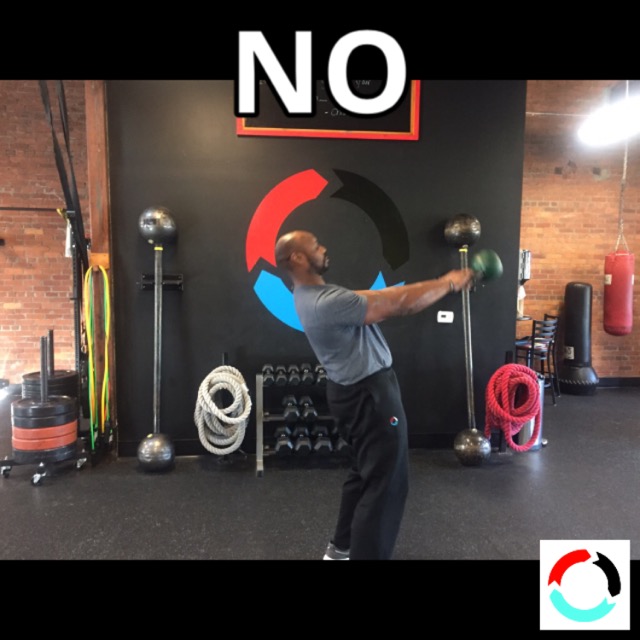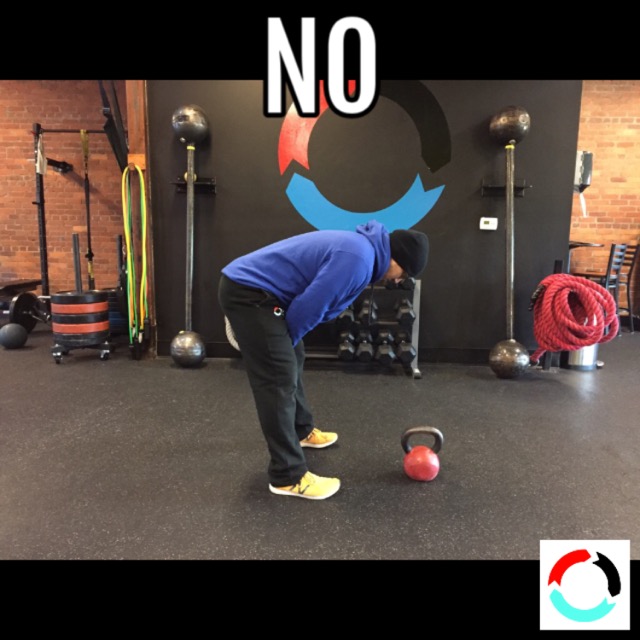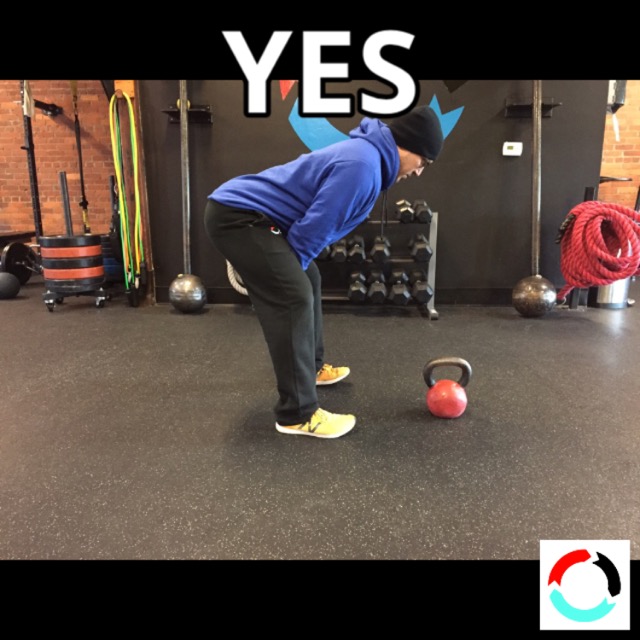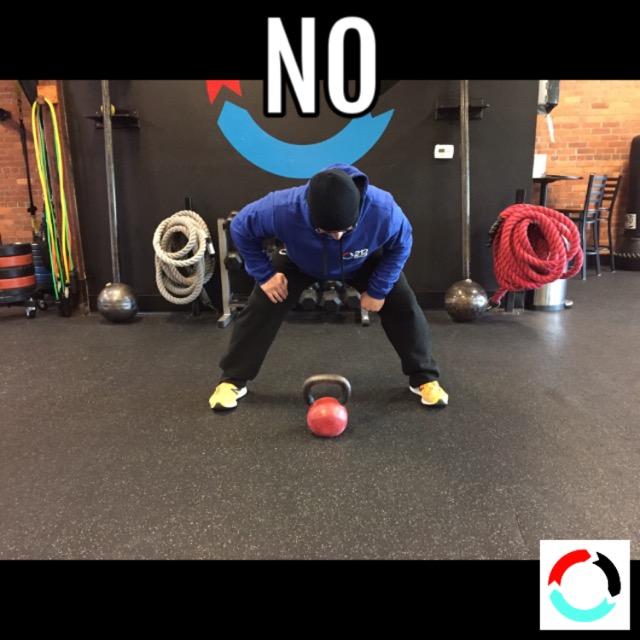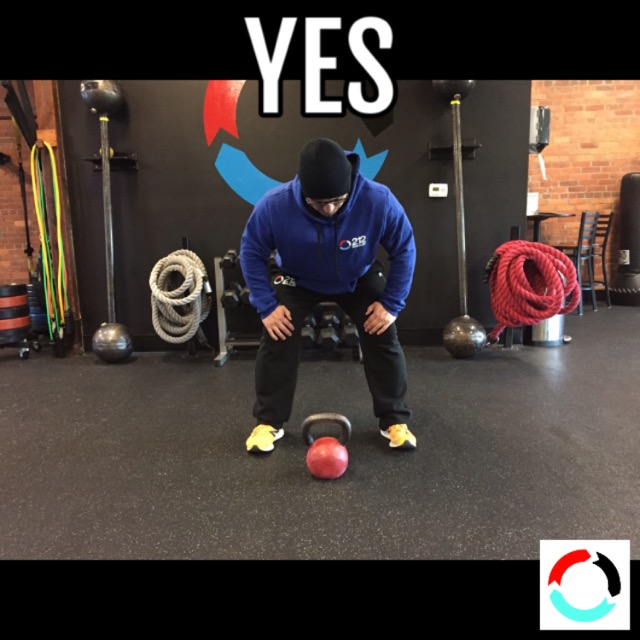by Kerry Taylor
Unfortunately the kettlebell has gotten a bad name over the years as it has been thrusted into fitness culture. It is treated like it is a medicine ball or just something else you can use. In reality, kettlebell training is a learned skill that should be respected as such. Over the years of learning how to use this tool, I have thoroughly enjoyed having kettlebell training in my personal repertoire to see me in shape. The drill you can see often in every gym across America or in every YouTube video about kettlebell training is the swing. This is the main drill people need to master and have a great understanding of in order to progress to other kettlebell drills. The swing, done properly is a hinging pattern, but with the current state of the industry it is a hard concept for many to understand and nail. Because of this you will find people constantly expressing concern for pain, but when done properly the kettlebell swing and other kettlebell movements will bring a uniqueness to your training that cannot be copied. Here are the 5 reasons that I have noticed over the years of coaching clients that make your kettlebell swing suck.
1. Overextending at the top of the swing
The nature of the swing may look like you must get the bell to a certain height 100% of the time but at a certain point that can become impossible for some. In a perfect world we would like to get the bell as close to parallel to the ground as we can on the upswing with your body up tall and in a strong position. The weight of the bell and where you are in your workout may not allow that to happen. So to try to achieve that, you overextend at your hips and may also start to shrug at the shoulders to try to get the bell as high as you can.
2. Not enough knee bend
The swing, as mentioned before, is a hinging pattern. There should be a bend in two places, at your hips and at your knees when the bell is on the descent and reaching a full hiked position. Doing it this way you will get amazing glute and hamstring activation to work in concert with the rest of your body to exert force into the bell to create the assent. No knee bend will cause you to just use your lower back in a ballistic manner which, done too much, will cause back pain.
3. Bell travels below the knees
On the descent of the swing, your hands and the bell must travel toward your hips and groin which, in turn, will allow you to properly absorb the weight into your hips and glutes. Having the bell travel below your knees will force your shoulders to round, in turn will not allow you to have a flat back or braced core to create stability in your torso.
4. Foot positioning
Your feel play a huge role in the success you will have with the swing. The swing is a powerful ballistic movement, in order to do it properly and get the greatest benefit, the base must be right. Most people have their feet too wide, and that happens mostly because they are bringing an object between their legs and they feel they need to make more room, but you really don't, it's all in your head. A simple way to find a proper position would be to jump up and down three times in place as if you are jumping up to the rim of a basketball hoop. Where your feet end up on the third jump is your natural power position. Start there and make adjustments after that.
5. A solid finish at the top
You're loading your butt and hamstrings to do a job. The end result shows when the bell is at its peak in front of you. When you reach the top of your swing your core should be braced, butt clenched tight, arms locked out, shoulders pulled back, your head in a neutral position creating tension from your head all the way down to your toes. That is a rock solid finish position.
Next time you are about to do a swing, think about one of these five tips and apply it to your technique. Continually try to focus on one aspect of the swing and before you know it, you will be receiving all the benefits the swing can give and you're on your way to becoming a kettlebell ninja! Until next time, continue to live life 1 degree above the rest!

